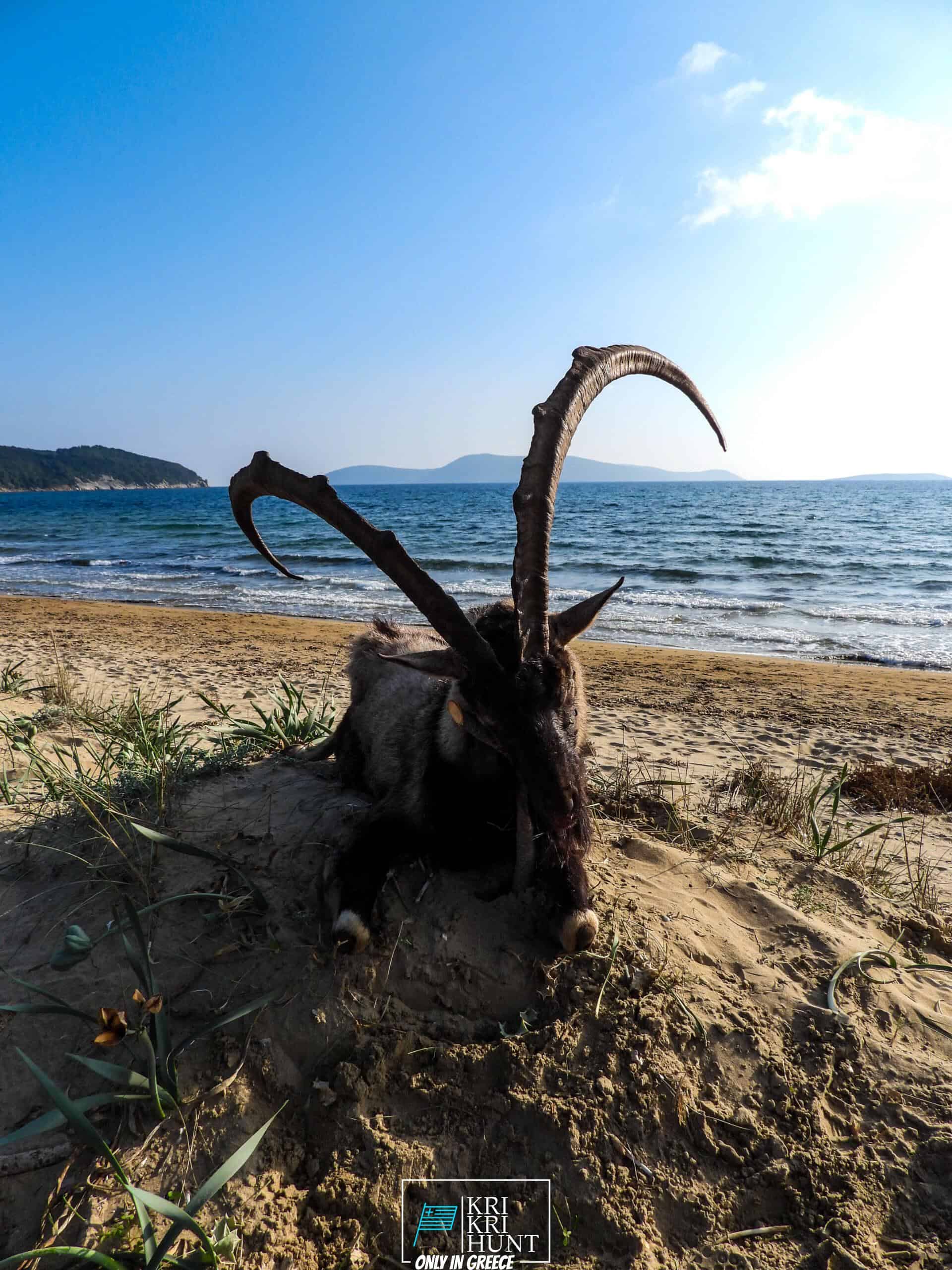Sign up with the hunt for Kri kri ibex
Sign up with the hunt for Kri kri ibex
Blog Article

Hunting for Kri Kri ibex in Greece is a wonderful trip experience. It is not constantly a tough quest or an unpleasant experience for the majority of hunters. You can experience old Greece, shipwrecks, and spearfishing throughout 5 days hunting for stunning Kri Kri ibex on an exotic island. Exists anything else you would like?

The hunt for kri-kri ibex on the island of Sapientza can be a challenging and challenging one. The ibex live in rugged, steep surface with sharp, jagged rocks that can quickly leave you without shoes after just 2 trips there. Capturing a shotgun without optics can additionally be a difficulty. The quest is absolutely worth it for the chance to bag this marvelous pet.
When you get here in the Peloponnese peninsula is the stunningly gorgeous landscape, the initial point you will notice. The hills, forests, rivers, as well as lakes make this area a nature lover's heaven. There are additionally lots of chances for hiking, fishing, swimming, as well as various other exterior activities. The Peloponnese peninsula is not simply regarding its natural beauty; there are likewise numerous historical as well as social sites to explore. Do not neglect additionally angling, free-diving and hunting. Several of the most preferred vacationer destinations in the Peloponnese include old Olympia, Epidaurus, Mycenae, and also Sparta. These destinations offer an interesting glimpse into Greece's abundant background and also culture. If you are interested in finding out more regarding Greek folklore, after that you will certainly want to see Mount Olympus, home of the 12 Olympian gods. Obviously, no trip to Greece would certainly be total without trying several of the delicious food. The Peloponnese peninsula is house to a few of the most effective olive oil on the planet in addition to feta cheese, olives, honey, and wine. Make sure to try some of the local specialties such as dolma (packed grape leaves), Souvlaki (barbequed meat skewers), and Gyro (meat covered in pita bread).
If you're seeking a genuine Greek experience, then look no more than our exterior hunting in Greece with fishing, and free diving excursions of Peloponnese. This is an extraordinary means to see everything that this incredible region needs to supply. Book your tour today!
What is the diference between Kri Kri ibex, Bezoar ibex and hybrid ibex
The kri-kri is not thought to be indigenous to Crete, most likely having been imported to the island during the time of the Minoan civilization. Nevertheless, it is found nowhere else and is therefore endemic to Crete. It was common throughout the Aegean but the peaks of the 8,000 ft (2,400 m) White Mountains of Western Crete are their last strongholds–particularly a series of almost vertical 3,000 ft (900 m) cliffs called ‘the Untrodden’—at the head of the Samaria Gorge. This mountain range, which hosts another 14 endemic animal species, is protected as a UNESCO Biosphere Reserve. In total, their range extends to the White Mountains, the Samaria National Forest and the islets of Dia, Thodorou, and Agii Pandes.
This Ibex is NOT a diminutive form of the Bezoar Ibex, which has migrated into the western-most reach of the range of this species. The kri – kri (Capra aegagrus cretica), sometimes called the Cretan goat, Agrimi, or Cretan Ibex, is a feral goat inhabiting the Eastern Mediterranean, previously considered a subspecies of wild goat. The kri-kri has a light brownish coat with a darker band around its neck. It has two horns that sweep back from the head. In the wild they are shy and avoid tourists, resting during the day. The animal can leap some distance or climb seemingly sheer cliffs.
“The agrimi goat Capra aegagrus cretica is unique to Crete and its offshore islands. It has been identi®ed as a sub-species of the wild bezoar goat Capra aegagrus aegagrus Erxleben, 1777, which it closely resembles in horn shape, body form and coloration. This classi®cation has been disputed by some researchers who claim that the agrimi are feral goats, derived from early domestic stock brought to the island by the ®rst Neolithic settlers. In order to clarify this issue, DNA analyses (cytochrome b and D loop sequences) were carried out on tissue of live and skeletonized agrimi and compared to sequences of wild and domestic caprines. Results conclusively show the agrimi to be a feral animal, that clades with domestic goats (Capra hircus) rather than with wild Asiatic bezoar. This study demonstrates that morphometric criteria do not necessarily re¯ect genetic af®nities, and that the taxonomic classi®cation of agrimi should be revised.”
Report this page